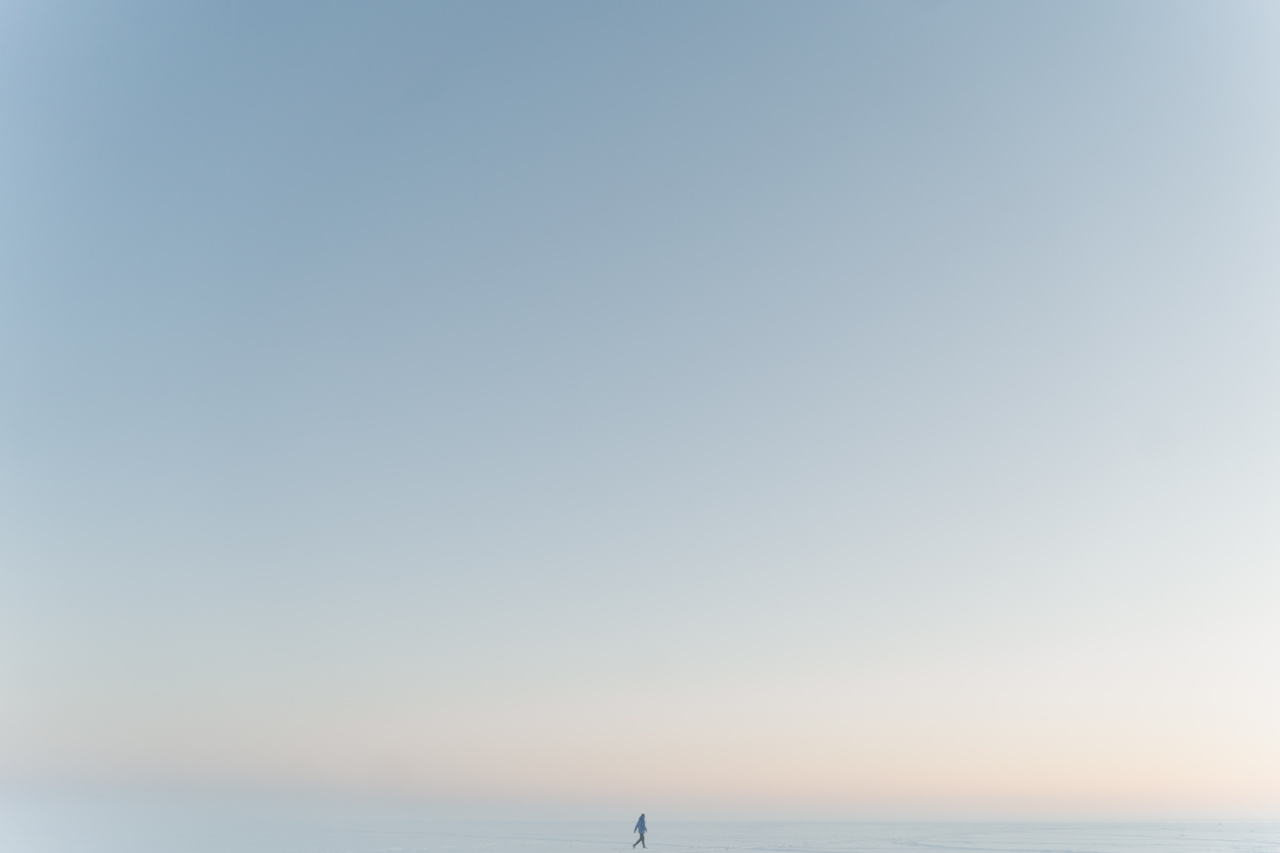When it comes to exploring the great outdoors, Scandinavia offers a wealth of stunning landscapes and picturesque trails to discover. One popular outdoor activity that has gained significant popularity in recent years is Nordic walking.
This form of walking, also known as pole walking, originated in Finland and has become a favorite among both locals and tourists. In this guide, we will dive into the world of Scandinavian walking, exploring the Nordic walking technique, popular destinations, and essential tips for your next walking adventure.
1. What is Nordic walking?
Nordic walking is a full-body exercise that combines walking with the use of specially designed walking poles. These poles, similar to ski poles, help engage the upper body and provide stability while walking.
The technique involves planting the poles behind you and using them to propel yourself forward, resulting in an increased calorie burn and overall workout. Nordic walking is suitable for people of all fitness levels and can be adjusted to meet individual needs.
2. Benefits of Nordic walking
Nordic walking offers a range of benefits that make it an attractive choice for outdoor enthusiasts:.
- Full-body workout: Nordic walking engages more muscles compared to traditional walking, providing a comprehensive workout for the upper body, core, and lower body.
- Improved cardiovascular fitness: The increased intensity of Nordic walking helps improve cardiovascular health and endurance.
- Reduced joint impact: The use of poles helps distribute the impact of walking, reducing stress on joints and making it a suitable exercise for those with joint conditions.
- Enhanced posture and balance: The use of poles promotes an upright posture and improves balance, leading to better overall stability.
- Weight management: Nordic walking burns more calories compared to regular walking, making it an effective exercise for weight loss or maintenance.
- Enjoyment of nature: Walking in scenic Scandinavian landscapes while engaging in Nordic walking allows you to fully immerse yourself in the beauty of nature.
3. Getting started with Nordic walking
If you’re new to Nordic walking, here are some essential tips to get started:.
- Choosing the right poles: Invest in Nordic walking poles that are of the correct height and ergonomically designed to reduce strain on your wrists.
- Mastering the technique: Learn the proper Nordic walking technique from a certified instructor. Focus on arm and pole coordination, posture, and stride length.
- Dressing appropriately: Wear comfortable, moisture-wicking clothing, and choose appropriate footwear for walking on different terrains.
- Warming up: Prior to Nordic walking, warm up your muscles with dynamic stretches to prevent injuries.
- Taking it slow: Start with shorter walks at a comfortable pace and gradually increase your distance and intensity as your fitness level improves.
- Staying hydrated: Carry a water bottle and ensure you stay hydrated throughout your Nordic walking session.
4. Popular Nordic walking destinations in Scandinavia
Scandinavia boasts numerous breathtaking destinations for Nordic walking enthusiasts. Here are some notable places to explore:.
- Norway: Experience the stunning fjords and dramatic landscapes of Norway, with popular locations including Trolltunga, Preikestolen, and the Lofoten Islands.
- Sweden: Explore the picturesque countryside, national parks, and beautiful archipelagos of Sweden. Discover destinations like Abisko National Park, Gotland, and the High Coast Trail.
- Finland: Immerse yourself in Finnish Lapland’s wilderness, where you can enjoy Nordic walking amidst pristine forests and glistening lakes. Urho Kekkonen National Park and Oulanka National Park are excellent choices.
- Denmark: Discover the Danish countryside and coastline while indulging in Nordic walking along the Jutland Peninsula or the picturesque island of Bornholm.
- Iceland: Experience the otherworldly landscapes of Iceland, walking amidst volcanoes, glaciers, and hot springs. Don’t miss out on exploring the famous Golden Circle or hiking in Thorsmork Nature Reserve.
5. Safety guidelines for Nordic walking
While Nordic walking is generally a safe activity, it’s essential to follow some safety guidelines:.
- Be aware of your surroundings: Pay attention to the terrain, weather conditions, and any potential hazards along your walking route.
- Use proper technique: Mastering the technique is crucial to prevent strain or injuries. Focus on maintaining proper posture and using your poles correctly.
- Stay hydrated: Carry an adequate amount of water and drink regularly to avoid dehydration, especially during longer walks or in hot weather.
- Protect yourself from the sun: Apply sunscreen, wear a hat, and use sunglasses to protect yourself from harmful UV rays while enjoying the outdoors.
- Inform others about your plans: If you’re embarking on a longer or remote Nordic walking adventure, inform someone about your plans and expected return time.
- Carry essentials: Pack essentials such as a map, compass, first aid kit, and energy-rich snacks to ensure you’re prepared for any unexpected situations.
6. Joining Nordic walking groups and events
Joining Nordic walking groups or participating in events can add a social aspect to your walking experience. It allows you to meet fellow enthusiasts, learn from experienced walkers, and discover new routes.
Check for local walking clubs, guided tours, or organized Nordic walking events in your chosen Scandinavian destination to get the most out of your walking adventure.
7. Gear essentials for Nordic walking
Having the right gear can enhance your Nordic walking experience. Consider the following essentials:.
- Nordic walking poles: Invest in poles specifically designed for Nordic walking that are adjustable, lightweight, and provide good grip.
- Comfortable walking shoes: Choose shoes with proper cushioning and support, suitable for walking on different terrains.
- Layered clothing: Dress in moisture-wicking layers to regulate body temperature according to the weather conditions.
- Backpack or waist pack: Carry a small lightweight backpack or waist pack to hold your essentials, such as water, snacks, a map, and sunscreen.
- Hat and sunglasses: Protect yourself from the sun’s rays with a hat that offers shade and sunglasses that provide UV protection.
8. Other forms of walking in Scandinavia
While Nordic walking is a fantastic way to explore the Scandinavian landscapes, there are other forms of walking that you can also consider:.
- Hiking: Embark on longer, more challenging hikes and multi-day trekking adventures to fully immerse yourself in the vast nature of Scandinavia.
- City walking tours: Explore the vibrant cities of Scandinavia on foot, joining guided walking tours to discover historical sites, cultural landmarks, and local cuisine.
- Coastal walks: Experience the stunning coastal scenery of Scandinavia by walking along picturesque shorelines and sandy beaches.
- Forest walks: Delve into the pristine forests of Scandinavia, enjoying the tranquility and beauty of nature on calm walking paths.
9. Conclusion
Scandinavian walking, particularly Nordic walking, offers a fantastic way to combine outdoor exploration and fitness.
With its numerous health benefits, stunning destinations, and accessibility to people of all fitness levels, it’s a popular choice for nature enthusiasts. Whether you’re walking along the fjords of Norway or exploring the Finnish Lapland, Nordic walking allows you to fully appreciate the beauty of Scandinavia while staying active.
So, grab a pair of poles, choose your destination, and embark on a memorable walking adventure, Nordic style!.






























